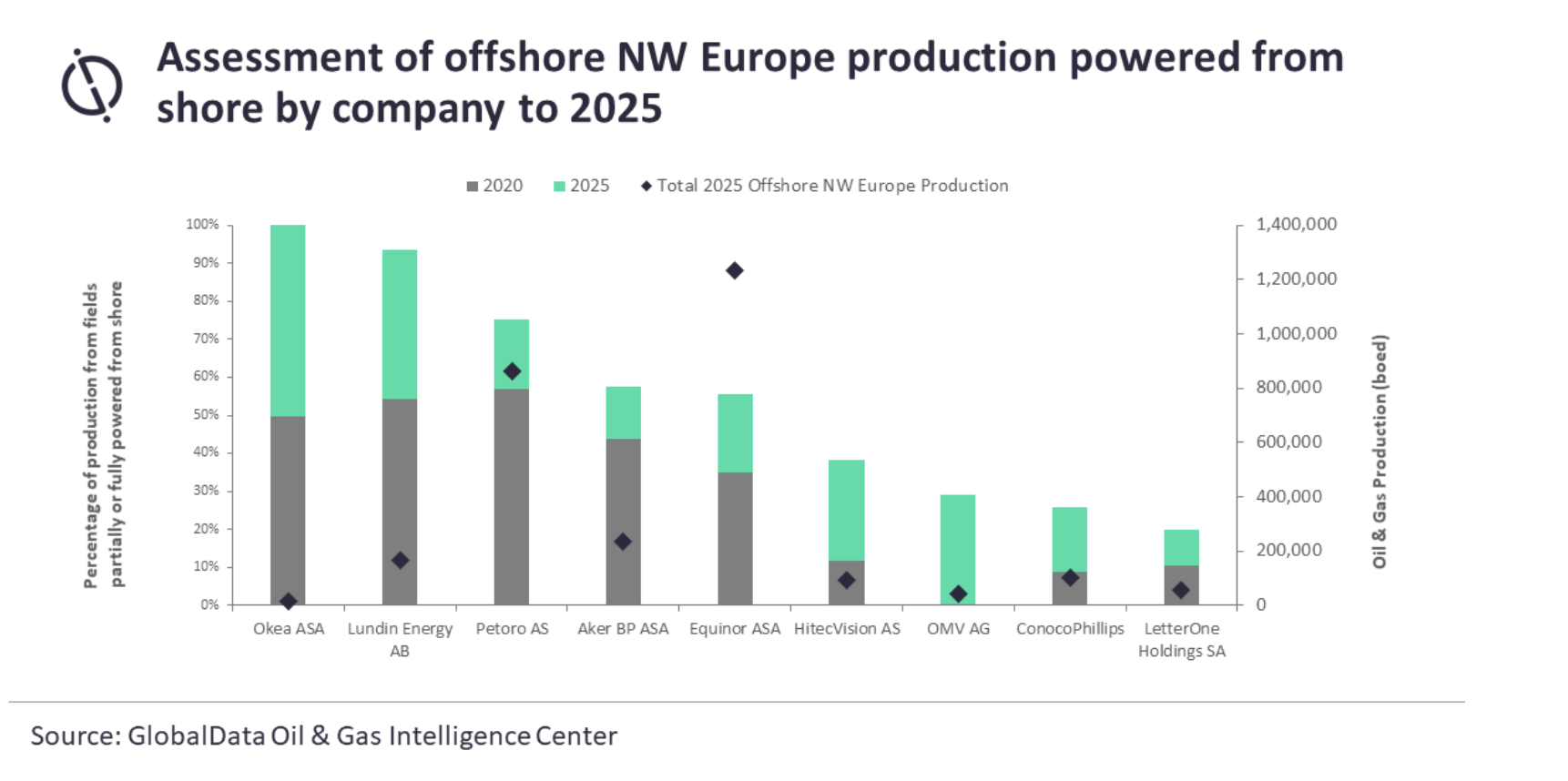Equinor pushes on with offshore electrification
Norway's Equinor has decided to electrify two more platforms at the country's largest gas field Troll in order to scale back its emissions, the company announced on April 23,
The project, which will cost 7.9bn Norwegian kroner ($950mn), will entail the partial electrification of the Troll B platform and the full electrification of the Troll C platform. The platforms run on gas-fired generators, but will start receiving electricity from the shore by the end of 2025. The cable linking the two facilities will make landfall in Kollsnes, west of Bergen.
According to Equinor, the work will result in a reduction in annual CO2 emissions of almost 0.5mn metric tons, and NOx emissions by 1,700 mt. Some 520mn kroner for the project will be provided by Norway's national NOx fund, which is financed by taxation on NOx emissions. Revenues are reinvested in projects that reduce them. Around 70% of the total investment will go to companies in Norway, such as Aker Solutions which was picked to undertake topside modifications as part of the project in February.
Troll produced 31.6bn m3 of gas last year, accounting for just under 30% of national supply. Its other platform Troll A was brought on stream in 1996 and was the first on the Norwegian shelf to be electrified. Equinor has a 30.6% operating interest in Troll, while Petoro has 56%, Shell 8.1%, Total 3.7% and ConocoPhillips 1.6%.
Equinor has electrified a number of its projects on the Norwegian shelf, substituting gas and diesel-burning generators with renewable energy supplies from onshore. Norway meets almost all of its electricity demand with hydroelectric power. Its largest oilfield Johan Sverdrup is electrified, meaning it boasts an extremely low carbon intensity of only 0.67 kg CO2/barrel. Equinor also plans to electrify facilities at the Sleipner and Gina Krog fields.
Equinor leading low-carbon E&P: research
If all Equinor's projects are realised on time, consultancy GlobalData estimates that the company will have electrified more than 650,000 barrels of oil equivalent/day of oil and gas production, or 35% of its total, by 2025.
“Equinor is a clear leader in field electrification with a number of its major operated developments already being powered/partially powered from shore and a strong pipeline of projects that will boost its electrified production base to be the largest in the region," GlobalData's senior oil and gas analyst Daniel Rogers said in a research note this week.

While Equinor produces greater volumes of oil and gas from electrified facilities, others like Okea, Lundin Energy, Petoro and Aker BP produce a greater share of their hydrocarbons from platforms powered from shore.
"Offshore electrification efforts will likely contribute to faster growth of renewables, advances in offshore renewable technology, expansion of offshore transmission infrastructure and enable partnerships between oil and gas and renewable power players," Rogers concluded. "As a result, steps being made in Norway should foster efforts across the industry to achieve improved efficiency and lower emissions."



